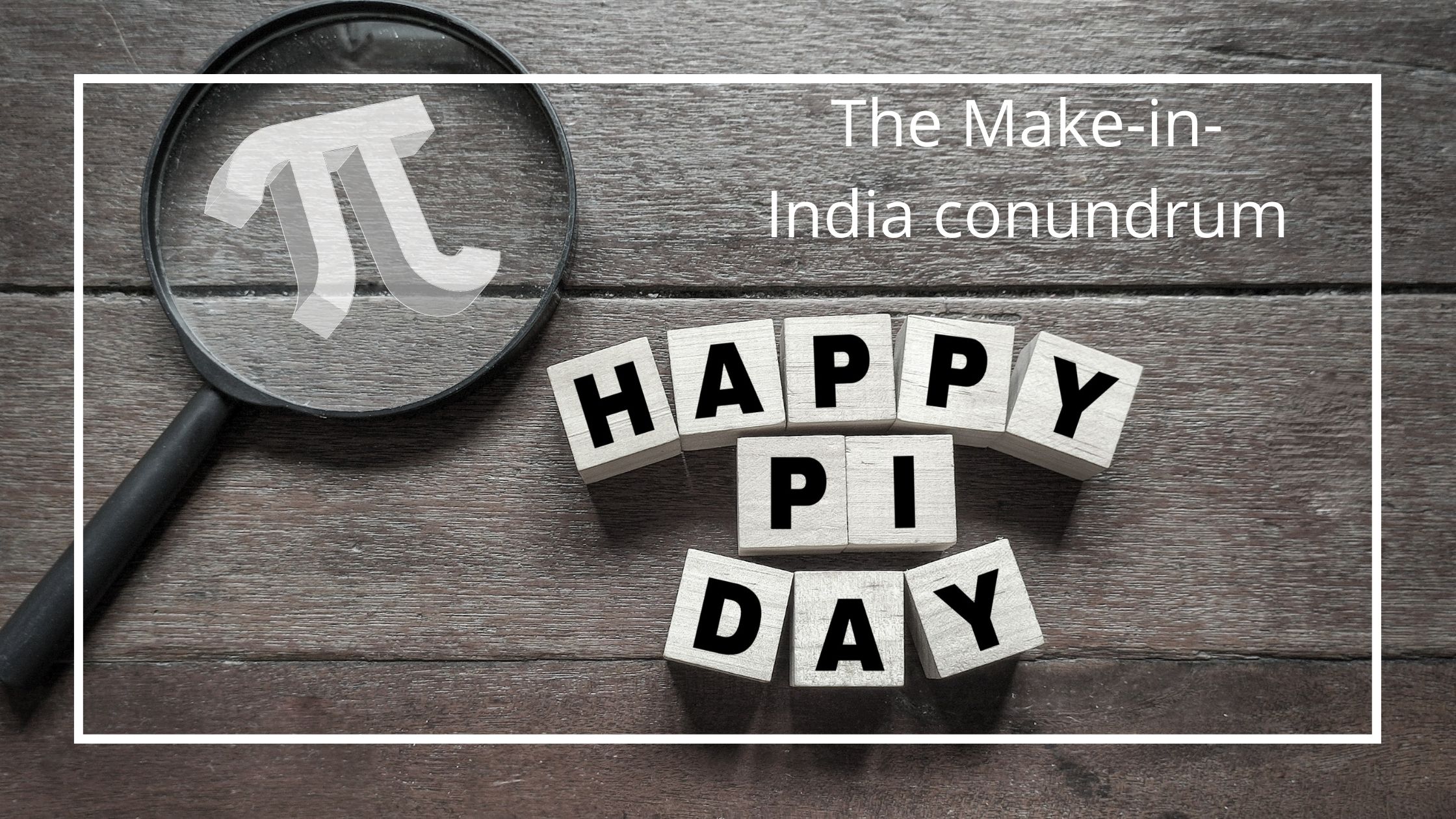According to the current Amazon executive quoted earlier, the company would need to invest considerably to bring the scale of manufacturing in India up to speed. After seeing a slowdown over the last two months, the executive doesn’t think that Amazon has the appetite for this at the moment.
Improving manufacturing in India would require both the carrot and the stick, Bhardwaj said. “The government may provide some incentives when they buy from micro, small, and medium enterprises (MSMEs). The stick is increasing import duties. Like the auto policy, if you want to invest in India, then there needs to be localisation.”
The Make-in-India conundrum

But even if Amazon wanted to shift to manufacturing in India, there are significant hurdles in its path. While a large number of products can be made in India, the issue for local businesses is that they can’t produce at the scale Amazon requires. So, instead of one company producing a million pieces, this is spread out over a hundred small companies, said Anil Bhardwaj, secretary general of FISME. The solution, he added, is to develop models of aggregation that can scale.
That, unfortunately, is easier said than done. In 2018, Amazon signed a partnership agreement with FISME to onboard local businesses and help them upgrade their technology and capacity building. The company later pulled out of the agreement. “We are still in discussions. They still need to do business in India, so do we,” Bhardwaj said.
The issue with manufacturing en-masse in India is three-fold, the former and current Amazon executives said. For starters, there is a lack of technical know-how, something China has built over years. An Apple cable comes with a certificate of authenticity from China and this is true for consumer electronics across the board in India. For instance, silicon microchips—integral components in tablets, phones and laptops—are manufactured predominantly in China.
Manufacturing in India is also scattered, unlike in China, where there is consolidated procurement that happens from 2-3 provinces. Take the city of Guangzhou, for instance. It plays host to the annual Canton Fair, which Amazon uses to source ‘home and kitchen’ products, said the former executive. After electronics, ‘home and kitchen’ is Amazon’s largest category.
Stepping on the Accelerator
Amazon’s saving grace may prove to be its Global Accelerator programme. When Amazon launched the programme in 2018, it reached out to 50-60 small and medium enterprises (SMEs), offering them marketing and data insights to help drive sales.
The Indian government has already wielded the stick. In February, it doubled the customs duty on 111 items to 20%. This will hurt Amazon significantly, with toasters, water heaters, fans, and air purifiers all affected by the hike. When private label imports resume from China, Amazon will have to decide whether to pass this hike on to customers or take a hit on margins to remain competitive on price. The cost will likely be built into the pricing, and Amazon will incentivise customers during sale periods, Forrester’s Meena said.